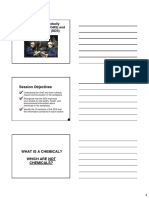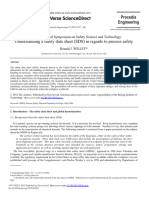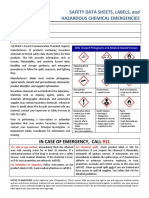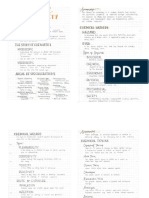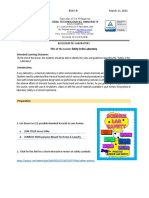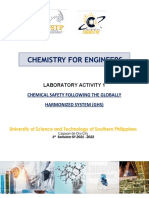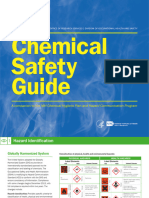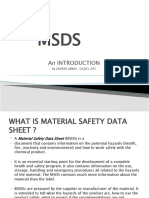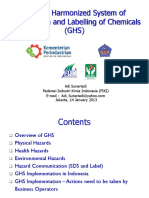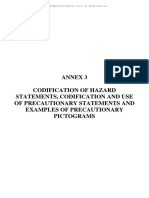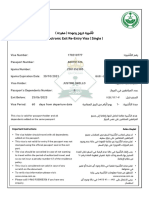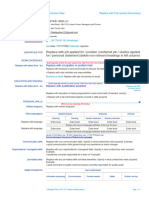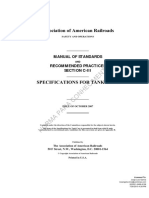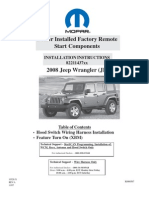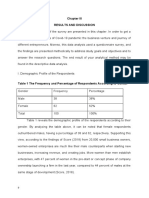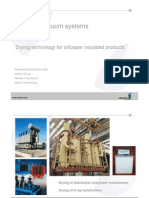0% found this document useful (0 votes)
41 views6 pagesGHS Hazard Communication Guide
The document discusses legal requirements for classifying and communicating chemical hazards. It outlines the Globally Harmonized System for classifying health and physical hazards using pictograms and provides examples of hazard classes and categories.
Uploaded by
okello justineCopyright
© © All Rights Reserved
We take content rights seriously. If you suspect this is your content, claim it here.
Available Formats
Download as DOCX, PDF, TXT or read online on Scribd
0% found this document useful (0 votes)
41 views6 pagesGHS Hazard Communication Guide
The document discusses legal requirements for classifying and communicating chemical hazards. It outlines the Globally Harmonized System for classifying health and physical hazards using pictograms and provides examples of hazard classes and categories.
Uploaded by
okello justineCopyright
© © All Rights Reserved
We take content rights seriously. If you suspect this is your content, claim it here.
Available Formats
Download as DOCX, PDF, TXT or read online on Scribd
/ 6



